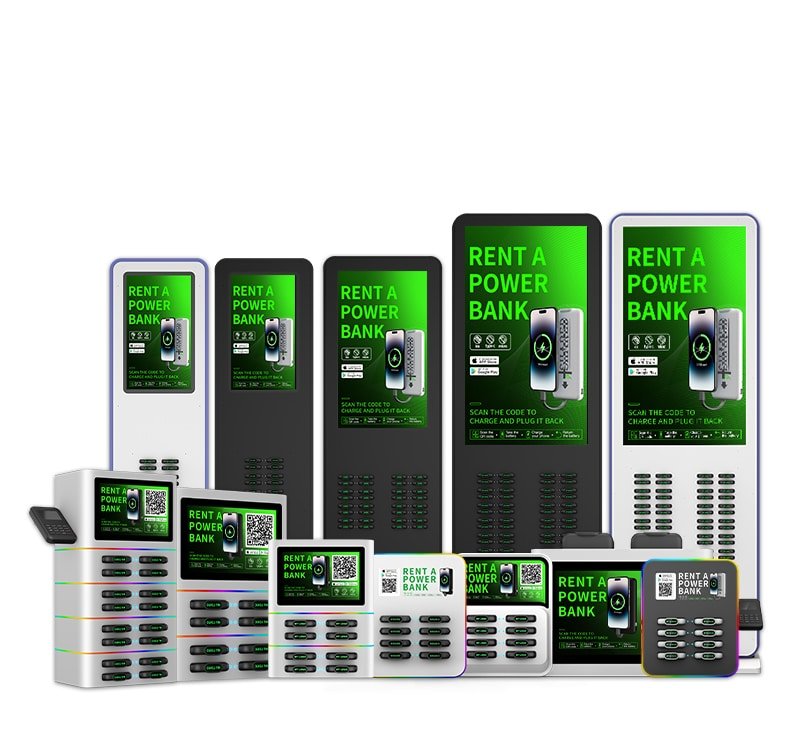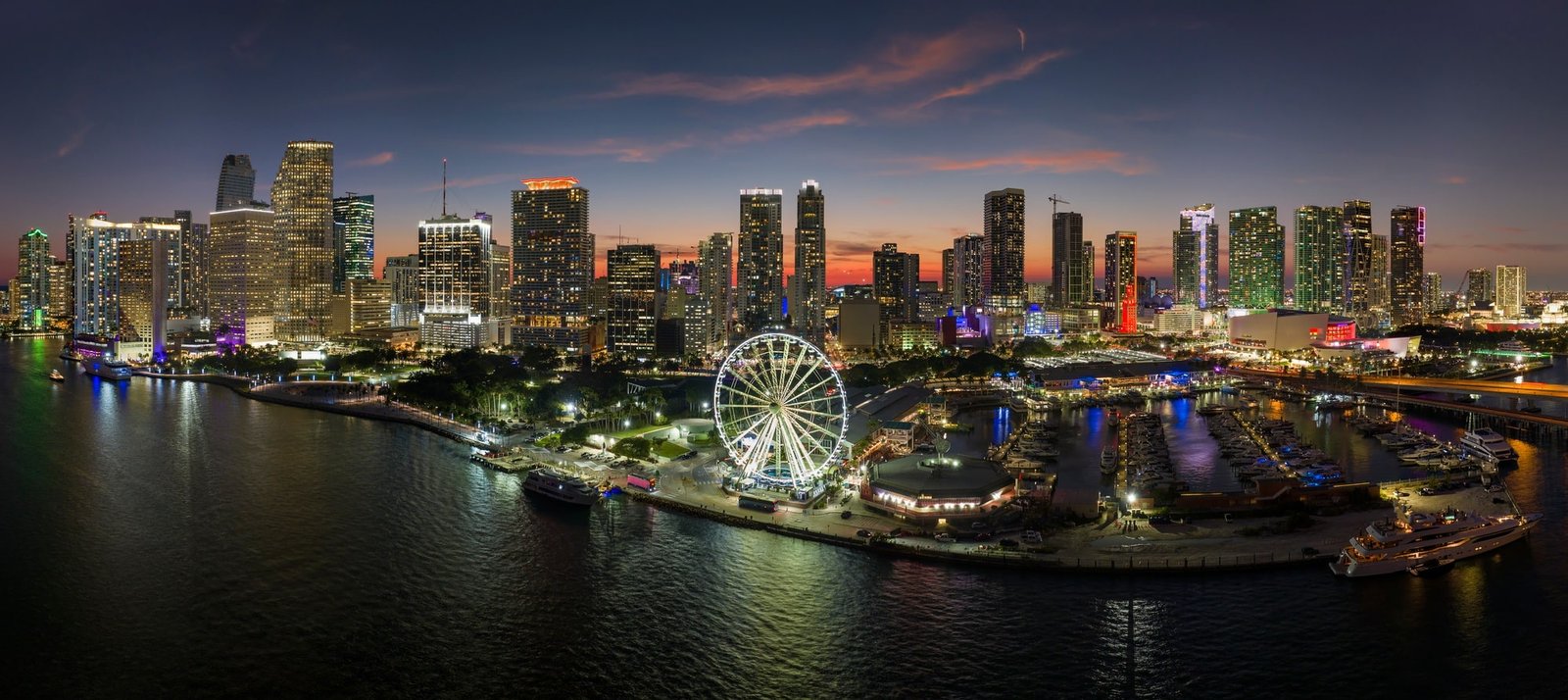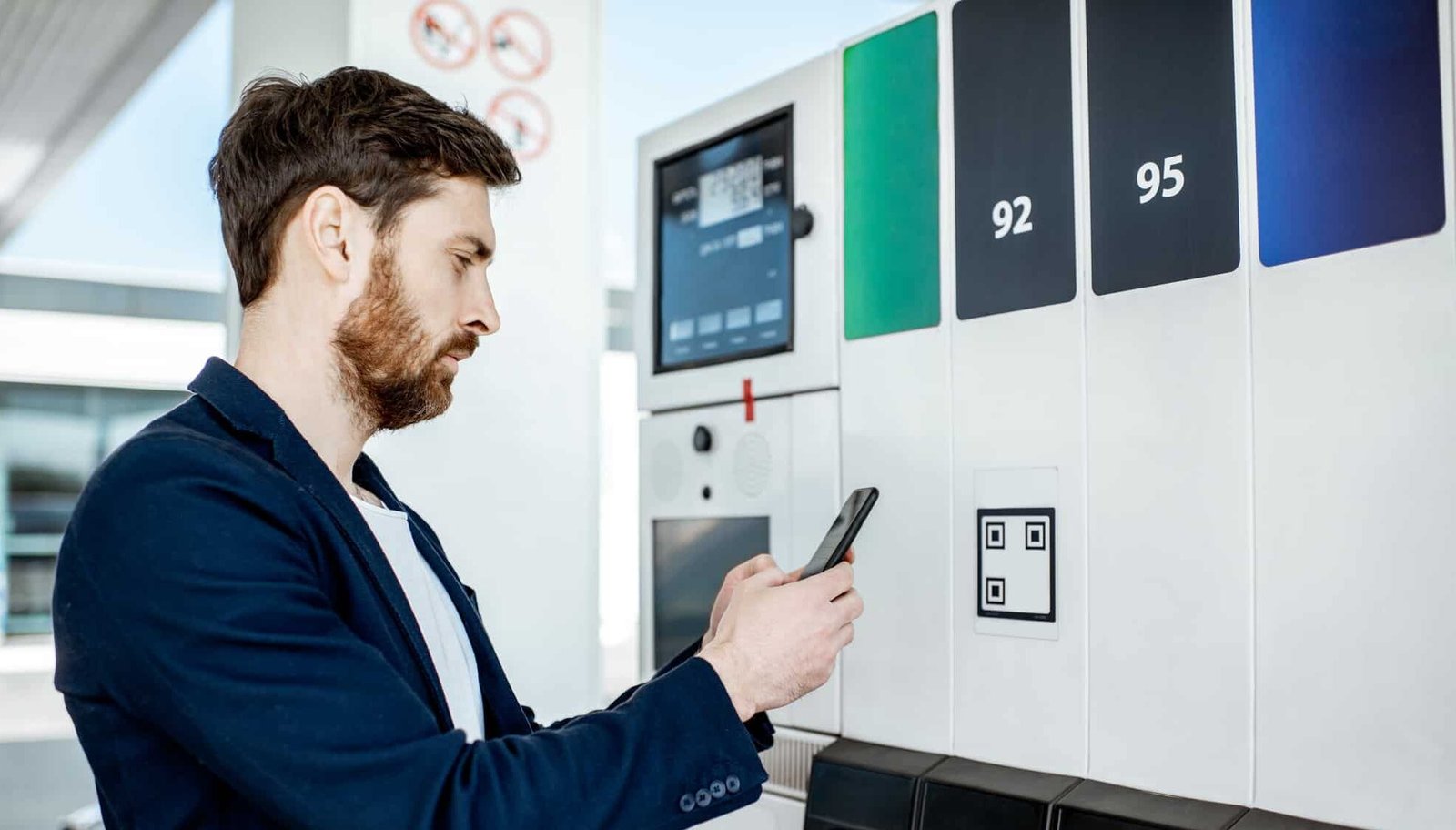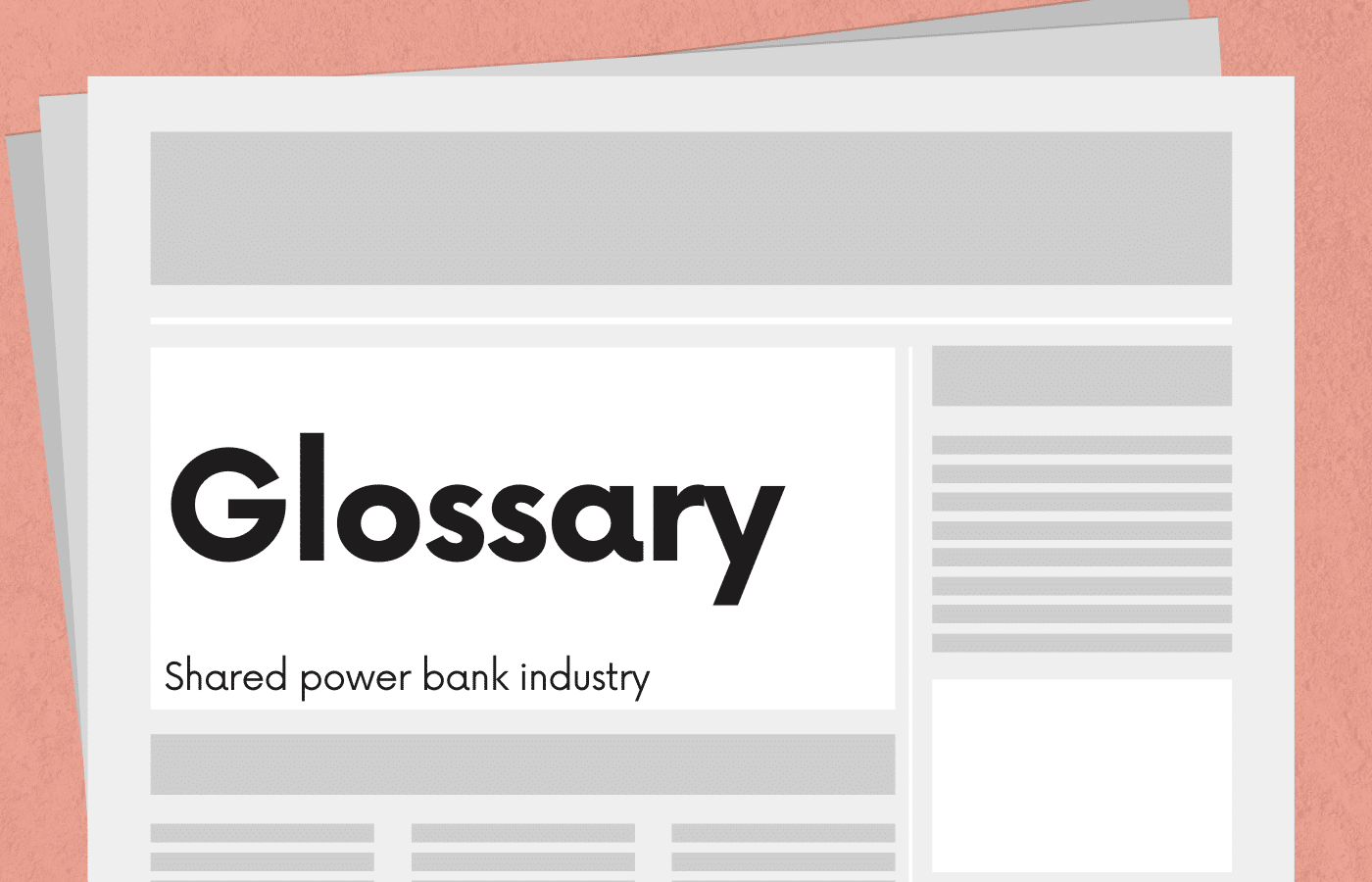The Venue Power Game: How Different Spaces Exploit Your Battery Anxiety
Welcome to the commercial exploitation of your digital dependency—a carefully orchestrated system where the placement of each charging station has been calculated to maximize not just charging revenue but your overall spending behavior. This isn’t convenience; it’s behavioral manipulation powered by your battery anxiety.
Each venue type—from sprawling malls to airport terminals—has developed its own cynical strategy for turning your dying device into their profit opportunity. Understanding these patterns doesn’t just help you find power; it helps you recognize how your desperation is being weaponized against your wallet.
Let’s decode the venue-specific power bank ecosystems and develop counter-strategies for each commercial battlefield where your battery life becomes their business opportunity.
Shopping Centers: The Calculated Power Desert
The Mall Power Matrix: Strategic Charging Deserts and Oases
Malls haven’t randomly scattered power banks throughout their labyrinths—they’ve created a calculated distribution designed to maximize your journey past storefronts:
The Strategic Power Void: Main shopping corridors typically feature minimal charging options, creating “power deserts” that force you deeper into the complex seeking electrical salvation.
The Rest Area Gambit: Food courts and seating areas feature higher power bank density, but cleverly positioned to maximize visibility of surrounding retail rather than provide convenient charging.
The Anchor Store Strategy: Power banks cluster near major department stores and anchor tenants, creating the need to traverse the entire mall to reach charging stations.
The cynical pattern becomes clear when you analyze power bank placement in major shopping centers: stations are positioned to maximize the storefronts you pass rather than minimize the distance you travel. This isn’t accidental—it’s retail science.
The Retail-Charging Partnership: Your Battery Anxiety Fuels Sales
The relationship between retail establishments and power bank companies extends beyond simple space rental. Many have revenue-sharing agreements based on:
- Increased dwell time: Charging customers stay 23-37% longer in shopping areas
- Proximity purchases: Sales increase for stores within 50 meters of charging stations
- Return traffic: Power bank returns create a second trip through retail areas
One mall executive admitted off the record: “We don’t view charging stations as amenities—they’re footfall drivers. We place them strategically to create the longest possible customer journey through high-value retail areas.”
The counter-strategy: When mall hunting, check the facility map for seating areas, information desks, and food courts first—these consistently offer the highest charging station density regardless of their location within the complex.
Restaurants and Cafes: The Dwell-Time Monetization Model
The Dining Power Divide: Table Service vs. Quick Service
The restaurant industry has developed a charging strategy that varies dramatically based on their business model:
Quick-Service Strategy: Limited or non-existent power options, designed to maintain high table turnover. When available, stations are positioned to create lines that expose waiting customers to menu displays.
Casual Dining Approach: Power banks available but typically require ordering food first. The power cord becomes the new ball and chain keeping you at the table ordering additional items.
Premium Restaurant Model: Complimentary charging offered as an amenity, but incorporated into already inflated prices. You’re paying for power whether you use it or not.
The restaurant industry isn’t in the charging business—they’re in the business of monetizing your time and attention. Power has become just another tool in their arsenal alongside free WiFi and comfortable seating.
The Café Charging Calculation: Power as Space Rental
Coffee shops have perfected the art of power-for-purchase exchange, with an unspoken calculation:
| Purchase Amount | Socially Acceptable Charging Time | Implied Hourly Space Rental |
|---|---|---|
| No Purchase | 0-5 minutes (bathroom only) | Staff hostility |
| Small Coffee ($2-4) | 30-45 minutes | $4-8/hour |
| Medium Order ($5-10) | 1-2 hours | $5-10/hour |
| “I’m Working” Order ($15+) | 3+ hours | $5/hour |
The café power bank strategy differs from traditional seating: stations are typically positioned in areas with limited table space and high visibility to staff, ensuring that power access translates directly to purchases.
The counter-strategy: Independent cafés often have more lenient charging policies than chains. Look for local establishments where the power-to-purchase ratio typically favors the customer rather than corporate profit metrics.
Airports: The Ultimate Captive Audience Exploitation
Terminal Power Geography: The Calculated Distribution
Airports have mastered the dark art of power distribution, with a strategy that would make Machiavelli proud:
Pre-Security Areas: Minimal to non-existent power options, pushing passengers through security where commercial opportunities multiply.
Main Concourses: Power bank stations concentrated in central waiting areas surrounded by retail and dining options rather than at gates where retail exposure is limited.
Premium Locations: The highest density of charging options in duty-free zones and high-end dining areas, creating a power-luxury association.
Budget Terminal Reality: Low-cost carrier terminals typically feature the lowest power bank coverage, reflecting the reduced spending capacity of their demographic.
This distribution isn’t designed around passenger convenience but passenger value extraction. The industry term “passenger dwell value” directly correlates to power bank placement decisions.
The Airport Pricing Paradox: Terminal Extortion Economics
The economics of airport charging follow the same cynical model as their $15 sandwiches and $7 bottles of water:
- Captive audience pricing: Average markup of 200-300% compared to city center rates for identical services
- Airline segregation: Premium terminal areas charge 20-40% more than budget terminals for the same power access
- Time-based exploitation: Rates increase for overnight and long-haul connection periods when passengers are most desperate
The particularly cruel innovation? Many airports have systematically removed free charging outlets that were once common, replacing them with paid power bank services—the privatization of what was previously considered a basic amenity.
The counter-strategy: Airport lounges remain the last bastion of free power, with many offering day passes for less than you’d spend on a meal and power bank rental combined. Even if you’re not a frequent flyer, the economics often favor the lounge when power is factored into the equation.
Hotels and Accommodations: The Amenity Masquerade
The Hospitality Power Hierarchy
Hotels have developed a pricing strategy for power that perfectly mirrors their overall star rating system:
Budget Properties: Power banks available but with security deposits approaching the full value of the device Mid-Range Hotels: Complimentary short-term loans at the front desk, long-term rentals at premium rates Luxury Establishments: Power banks presented as complimentary amenities (though obviously incorporated into the room rate)
The industry’s latest innovation? Removing previously standard in-room charging ports and replacing them with “convenient” rental options—another basic amenity transformed into a revenue stream.
The Lobby Power Politics
Hotel lobbies represent unique power bank territories with their own unwritten rules:
- The Guest Priority System: Priority access often requires showing a room key
- The Purchase Requirement: Non-guests typically need to order from the lobby bar or restaurant
- The Time Limitation: Most enforce charging time limits during high-demand periods
The lobby charging station has become the modern equivalent of the hotel payphone—a service ostensibly for guests that’s increasingly monetized for additional revenue.
The counter-strategy: Business center access codes typically work for 24 hours after check-out, providing extended power access even after you’ve officially departed. This loophole remains one of the few guest advantages in the hotel power economy.
Transportation Hubs: The Movement-Based Power Strategy
The Transit Terminal Approach: Moving People and Their Money
Train stations, bus terminals, and other transit hubs employ a power bank strategy based on passenger flow rather than static positioning:
Arrival Areas: Minimal coverage (you’ve just started your journey with charged devices) Waiting Zones: Medium coverage, biased toward areas with retail visibility Departure Gates: Maximum coverage, capturing the pre-journey anxiety about having sufficient battery
The calculated cynicism? Power bank stations specifically positioned beyond security or ticket barriers, forcing you to commit to your journey before accessing charging options.
The Commuter Rail Reality: Class-Based Power Access
Commuter rail systems have adopted the airline model of class segregation for power access:
Standard Class: Minimal charging options, typically pay-per-use when available Business/First Class: Complimentary power banks as part of the premium ticket price Lounges: The highest density of charging options, restricted to premium ticket holders
This tiered approach transforms basic power access into another marker of transit class distinction—electricity as status symbol.
The counter-strategy: Many transport apps now allow you to filter stations and stops based on available amenities. Prioritize connections through hubs with better charging infrastructure, even if it slightly extends journey time.
Entertainment Venues: The Event Power Paradox
Stadiums and Arenas: The Calculated Power Scarcity
Large entertainment venues have discovered that limited power access creates profitable desperation:
- Enforced Digital Darkness: Many deliberately limit charging options to drive concession and merchandise sales during natural breaks
- Premium Section Privileges: Power banks often reserved for VIP and premium ticket holders
- Concourse Concentration: When available, stations cluster around food and merchandise areas rather than seating sections
The strategy capitalizes on the modern fear of missing the perfect photo opportunity or being unable to share experiences in real-time—turning FOMO into a revenue source.
Movie Theaters and Performance Venues: The Silent Power Policy
Theaters have adopted a contradictory approach to charging:
Explicit Discouragement: Signs and announcements about turning devices off Implicit Accommodation: Strategic placement of charging stations in lobbies and waiting areas
This mixed messaging serves their ultimate goal: devices charged enough to purchase and display electronic tickets, but discouraged during performances to prevent disruption.
The counter-strategy: Performance venue charging stations experience predictable usage cycles based on show times. Arrive 30-45 minutes before a major performance ends to find maximum availability as the current audience remains seated.
Conference and Convention Centers: The Business Power Politics
The Exhibition Floor Power Game
Convention centers have transformed power access into a competitive business advantage:
Common Areas: Limited public charging options, creating dependency on exhibitors Exhibition Booths: Charging offered as an enticement for engagement with sales staff Premium Zones: Sponsored charging lounges that collect data in exchange for power
Industry insiders call this “lead generation through battery anxiety”—companies literally purchasing your attention with electricity when your devices run low.
The Speaker Power Privilege
The power distribution at conferences reveals the strict hierarchy of the business world:
Attendee Areas: Pay-per-use options with premium pricing Speaker Lounges: Complimentary charging stations with no time limits VIP/Sponsor Areas: The highest density of no-cost charging options
This stratification uses power access to reinforce status distinctions already present in the business hierarchy.
The counter-strategy: Press credentials—even for small blogs or social accounts—often provide access to media rooms with superior charging infrastructure. The modern equivalent of sneaking into the first-class lounge.
The Universal Power-Finding Technique
When entering any new commercial space, follow this systematic approach:
- Follow the seats: Areas designed for extended sitting almost always have better charging options
- Track the business travelers: People with laptops know where the power lives
- Check information points: Help desks and concierge stations typically know the closest options
- Look for the crowds: In deadspots, people cluster around the few available outlets like animals at a desert watering hole
This methodology works across venue types because it follows the underlying psychology of power placement rather than specific physical layouts.
The Emergency Power Protocol
When standard options fail, these backup strategies provide options of last resort:
- The business request: Asking at non-public areas (administrative offices, employee areas) with a specific business justification
- The medical necessity angle: Few establishments will deny charging if framed as supporting a medical device
- The reciprocity approach: Offering to make a purchase in exchange for charging access at venues without formal options
Remember: Nearly every commercial establishment has power outlets somewhere. The question isn’t whether charging is possible but what the establishment wants in exchange for access.
Conclusion: The Power of Location
The hunt for shared power banks reveals a fascinating truth about modern urban life: our digital dependencies have created a new kind of spatial awareness, one that maps the city not by traditional landmarks but by charging opportunities.
Each location type—mall, restaurant, airport—presents its own unique challenges and opportunities in this quest for power. The successful power bank hunter must become a master of reading these different environments, understanding not just where the stations are, but how the surrounding context affects their availability and usability.
The irony isn’t lost on us: in our quest to stay connected, we’ve become more attuned to our physical surroundings than ever before. The dead battery, that great modern anxiety, has forced us to develop a new kind of urban literacy—one that reads between the lines of commerce and convenience to find the precious resource that keeps our digital lives running.
So next time you’re frantically searching for a power bank, take a moment to appreciate the complex dance of urban infrastructure, human behavior, and digital dependency that you’re participating in. The power bank landscape isn’t just about charging—it’s a window into how we’ve reshaped our cities to serve our digital needs.








